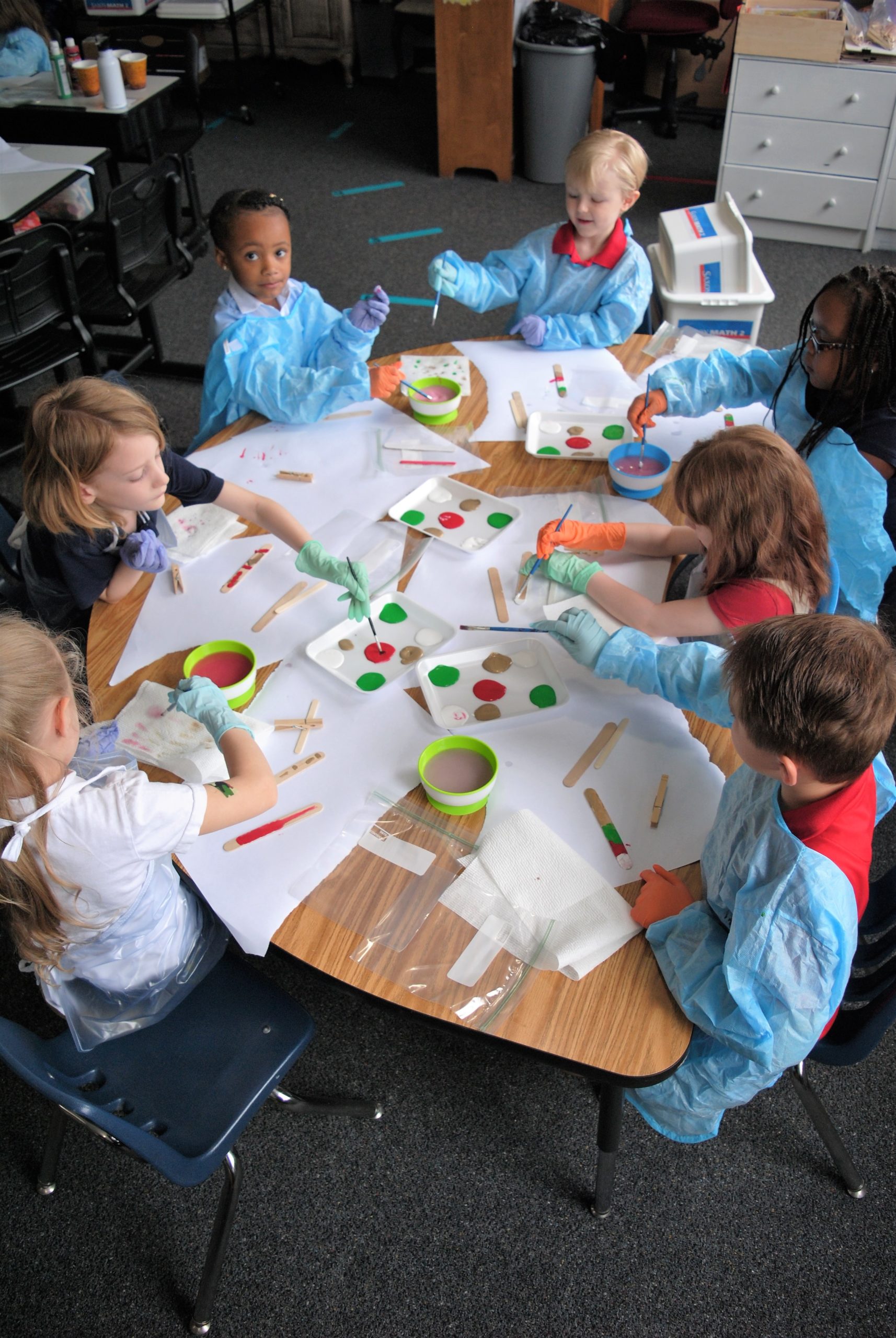Our Curriculum
Enroll NowThe Classical Curriculum
“Classical Education” refers to the manner of educating children according to the Classical model. The Classical model, time-tested since ancient Greek, Roman, and medieval times, known as the Trivium, meaning, “triple-way.” The Classical model recognizes three stages of mental/physiological development in children with corresponding stages of learning. These stages closely parallel the three levels of spiritual development: purification, enlightenment, and unity with God. The goal of an Orthodox Christian classical education is to produce students able to live out and give strong witness to the True Faith as adults.
An online copy of our student handbook can be downloaded below.
Our Classical Curriculum
The Trivium
The Grammar Stage
Grades 1-4
The Logic Stage
Grades 5-8
The Rhetoric Stage
Grades 9-12
Our Academy Classes
- Faith
- Math
- Reading
- Creative Writing
- Phonics
- Grammar
- Spelling
- Physical Education
- Family Skills
- Foreign Language
- Ancient History
- Science
- Social Studies
- Art
- Music and Theater (perform in plays)
- Foreign Language and/or Technology Class
- Social Play and Centers
- Missionary Work – During Lent
We also have Karate classes for certain grades. Our Karate classes are courtesy of Ms. Wendy Sfikas of Freestyle Karate of Howland, Ohio. They offer up their time and energy to help teach our students the values of discipline, honor, and hard work. We thank you!
Montessori-Style Classes
What does “Montessori-Style” really mean?
We follow a classical curriculum with a Montessori style of teaching in the following ways:
- Aim for the fullest possible development of the whole child
- Dr. Montessori described the child’s mind between the time of birth and six years of age as the “absorbent mind”. It is during this stage that a child has a tremendous ability to learn and assimilate from the world around him, without conscious effort. During this time, children are particularly receptive to certain external stimuli. Using a Classical Curriculum Holy Trinity teachers use this same teaching strategy of exploration of materials, concepts, questioning as well as hands-on –activities and performance task.
- Every child works at their level excelling at their own pace
- HTOCA teachers take teachable moments as they come. If a student has a need to explore a topic the teacher always acts upon the child’s need.
- A teacher’s purpose is to stimulate the child’s enthusiasm for learning and to guide it, without interfering with the child’s natural desire to teach himself and become independent. This is also called scaffolding. This should be the goal in all curriculums.
- Everything in a Montessori classroom and a classroom at HTOCA has a specific use or purpose. There is nothing in the prepared environment that the child cannot see or touch. All of the furniture and equipment is scaled down to the child’s size and is within easy reach.
- A quality classroom has a busy, productive atmosphere where joy and respect abound. Within such an enriched environment, freedom, responsibility, and social and intellectual development spontaneously flourish!
- Mixed age classrooms.
- Student choice of activity from within a prescribed range of options
- Uninterrupted blocks of work time.
- A constructivist or “discovery” model, where students learn concepts from working with materials.
These are just a handful of ways the Montessori style influences teaching at HTOCA. These are typical strategies and teaching methods that are prominent in the pedagogy (style of instruction) expected of teachers these days.

